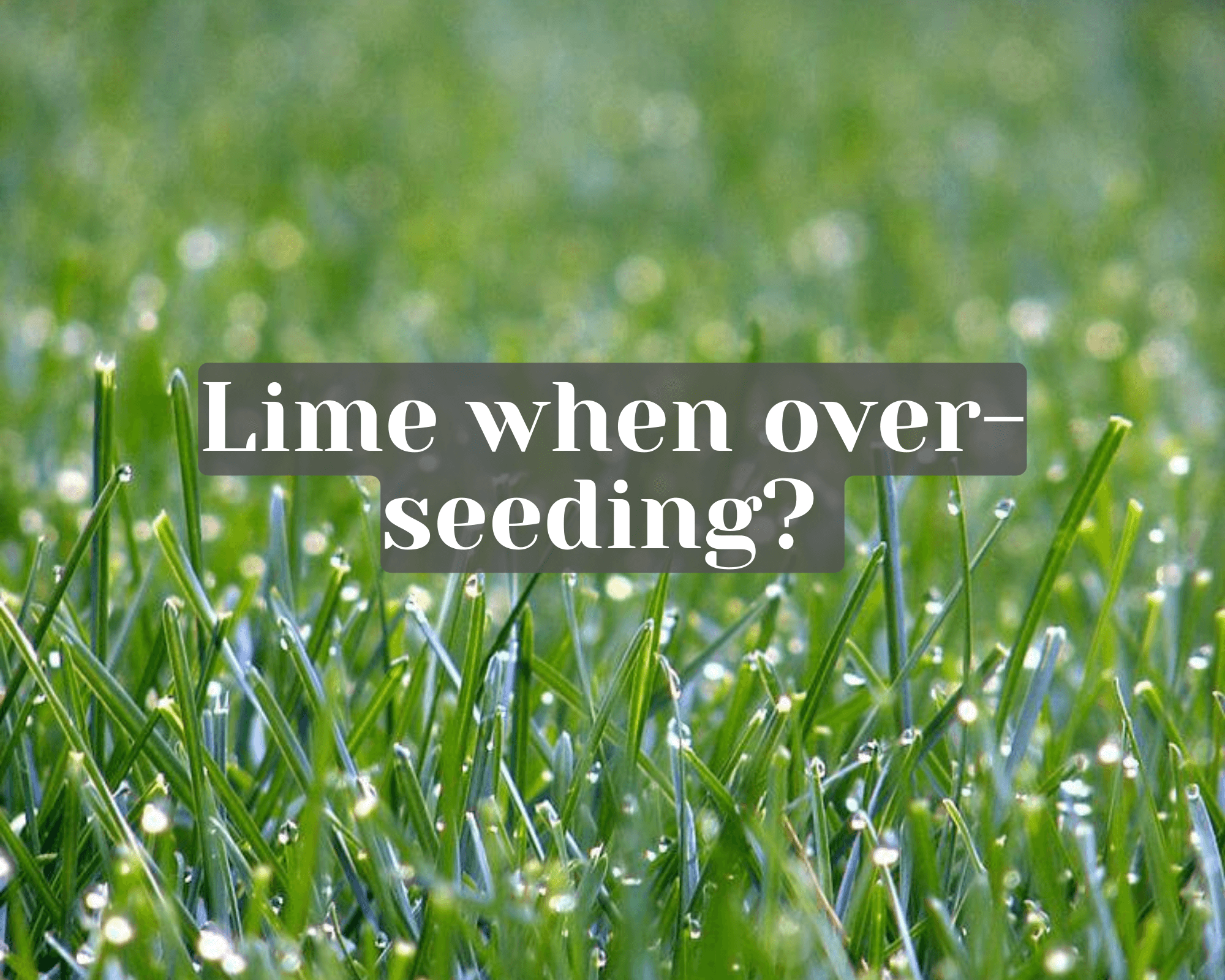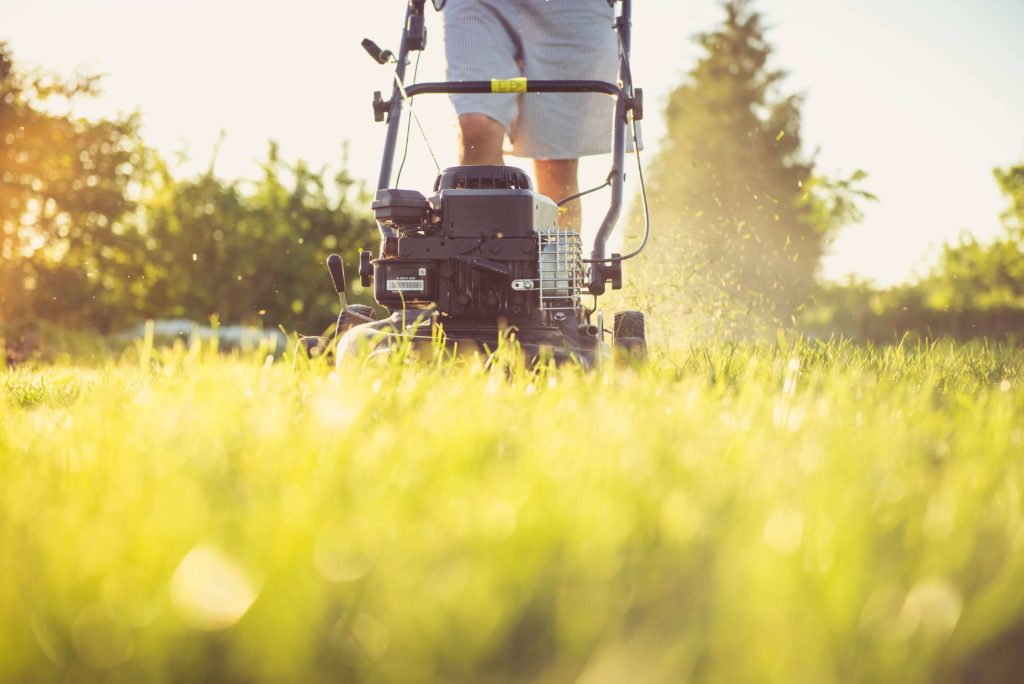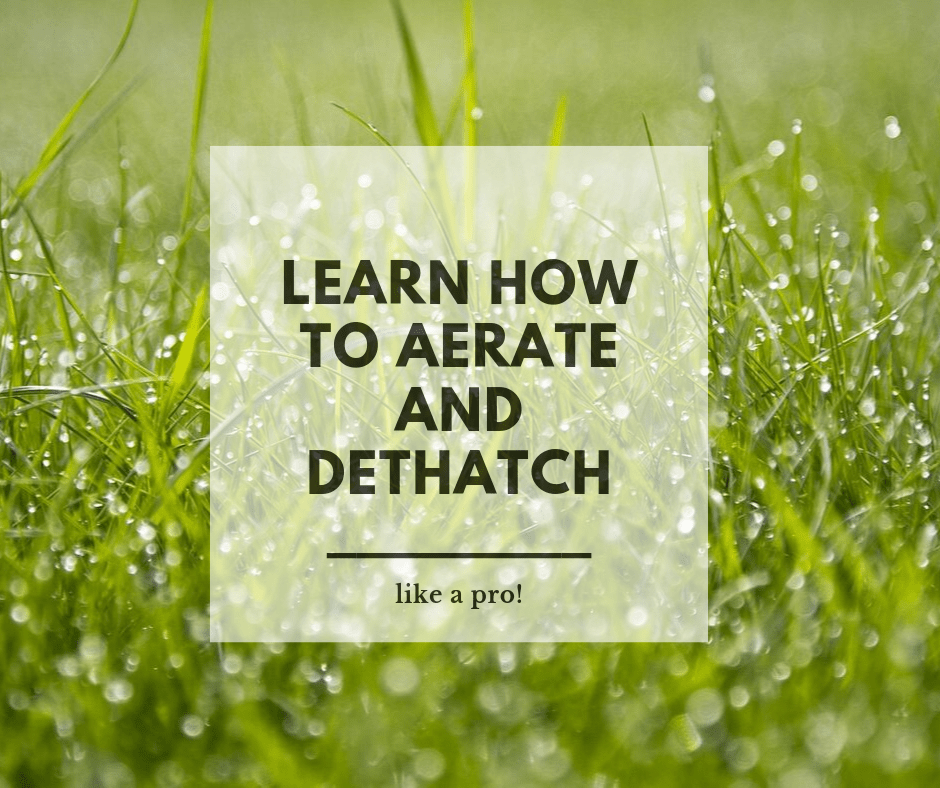This post may contain affiliate links. As an Amazon Associate we earn from qualifying purchases.
Read on to get the scoop on whether or not to put lime down when overseeding your lawn.
Season after season of kids ripping across it and pets urinating on it takes a toll on a lawn – over time, many just tucker out.
When homeowners notice bald spots, dead patches or an increasing need for fertilizer and water, over-seeding may be the solution. It’s the easy way to perk up a lawn without having to tear it out and start all over.
Over-seeding also presents the perfect opportunity to accomplish additional lawn chores, such as dethatching, aerating and liming the lawn. Plan on over-seeding in fall for best results.
Weed and Mow
Get rid of weeds before over-seeding because you’ll have to wait a few weeks after doing it to get another crack at the weeds.
Getting rid of weeds also frees up more soil for grass seed and lime.
Set your mower to the lowest cutting height, mow the lawn and pick up the clippings.
Grass seeds need all the light you can give them and the grass clippings may block the sunlight.
Dethatch and Aerate
Thatch is the layer of accumulated detritus just under the grass. Too much of it impedes water and fertilizer penetration into the soil and keeps the new seed from making contact with the soil.
Although a dethatching rake will save time and your back, a garden rake will to the trick as well.
One of the best times to over-seed is immediately after aerating your lawn in fall. For this task, you’ll need to use a core aerator.
If you don’t want to purchase one, they’re available to rent, at many of the big home improvement stores.
Allow the plugs to remain on the lawn as they provide additional sites for the grass seed to germinate.
Amend with Lime
Those holes left by the core aerator provide the ideal sites for lime. Pelletized lime is easier to use, so apply 40 to 50 pounds per 1,000 square feet of lawn.
Pour half the required amount of lime into the hopper of a drop spreader and apply it to the lawn in vertical strips. Apply the other half in horizontal strips so that you end up with a checkerboard pattern.
Spread the Seed
Apply the grass seed in the same manner that you did the lime; only use 5 pounds per 1,000 square feet of lawn.
Sprinkle a one-fourth inch layer of topsoil or compost over the seeds. Avoid a thick layer. Remember, the seeds need light to germinate.
After Care
Water the newly over-seeded lawn just enough to keep the seeds moist, but not wet. When the topsoil or compost appears dry, it’s time to water.
You may need to water lightly several times a day over the first two to weeks after planting.
Wait until after you’ve mowed the new lawn to apply starter fertilizer. Lay it down in the same crisscross pattern that you used for the lime and seed, using 6 pounds per 1,000 square feet.
“According to Virginia State University, calcitic and dolomitic lime are nontoxic to humans, wildlife and pets. However, because all types of lime dust can irritate the lungs, eyes and skin, you should wait until the application of lime has been incorporated into the soil before” people and pets use the yard. (University of Maine)
Mention of a fertilizer or pesticide, or use of a pesticide or fertilizer label, is for educational purposes only. Always follow the product’s label directions attached to the container you are using. Be sure that the plant you wish to treat is listed on the label of the pesticide you intend to use. And observe the number of days between pesticide application and when you can harvest your crop.



